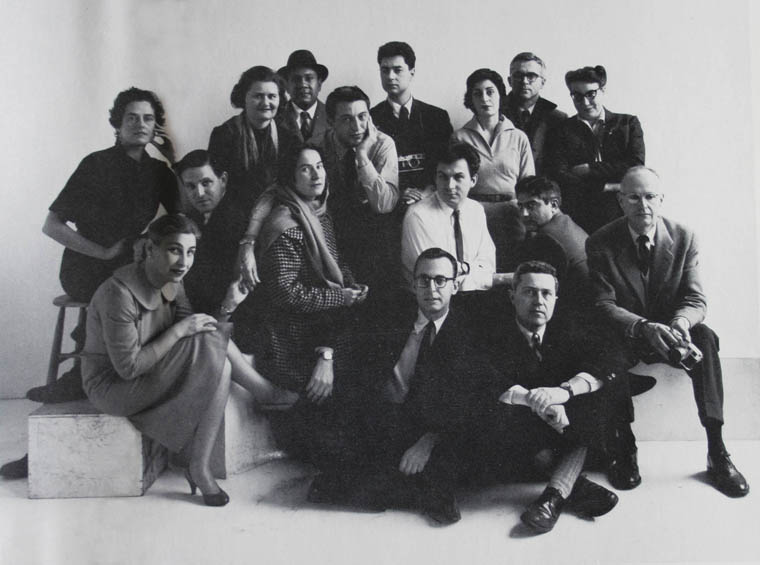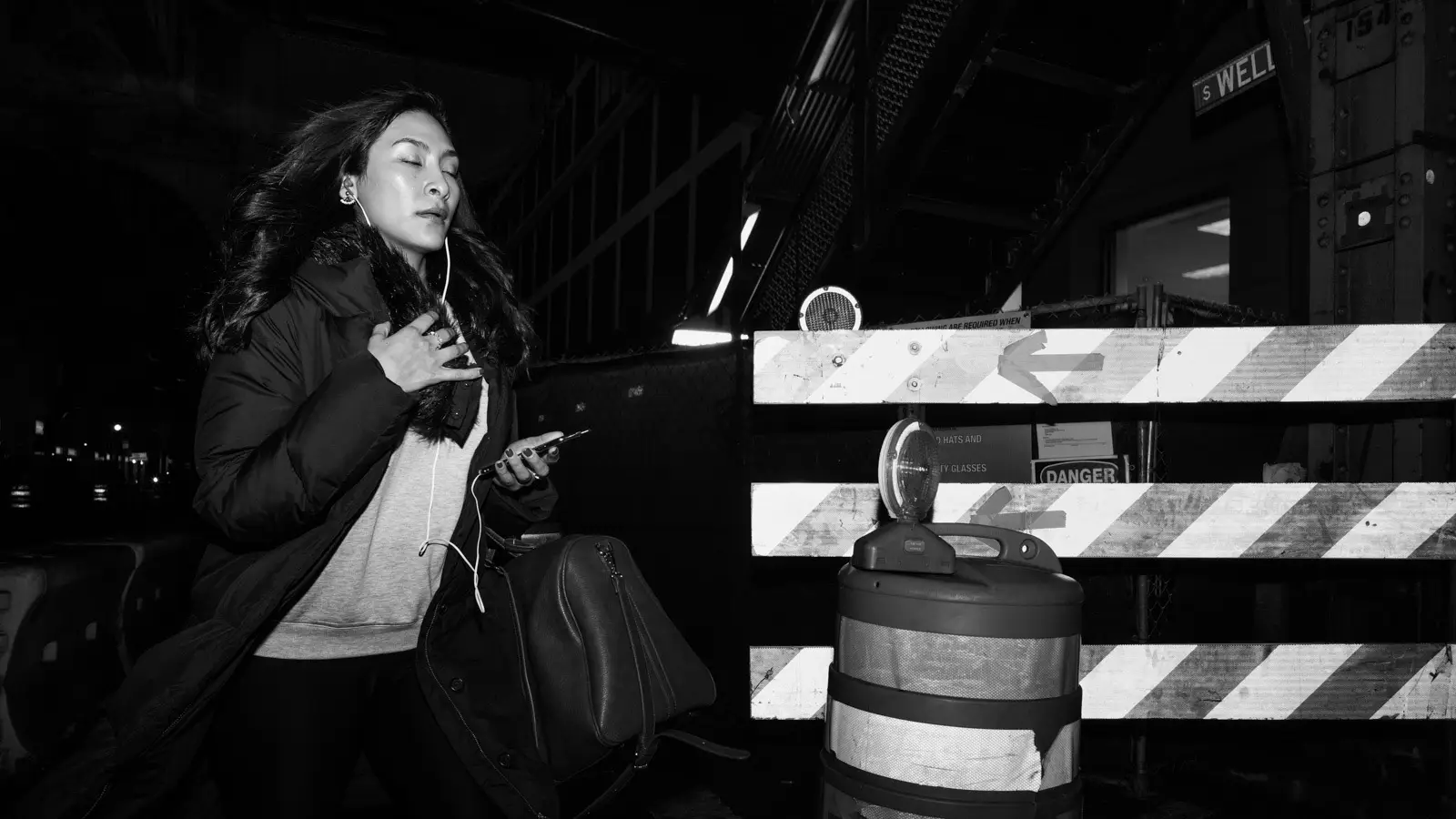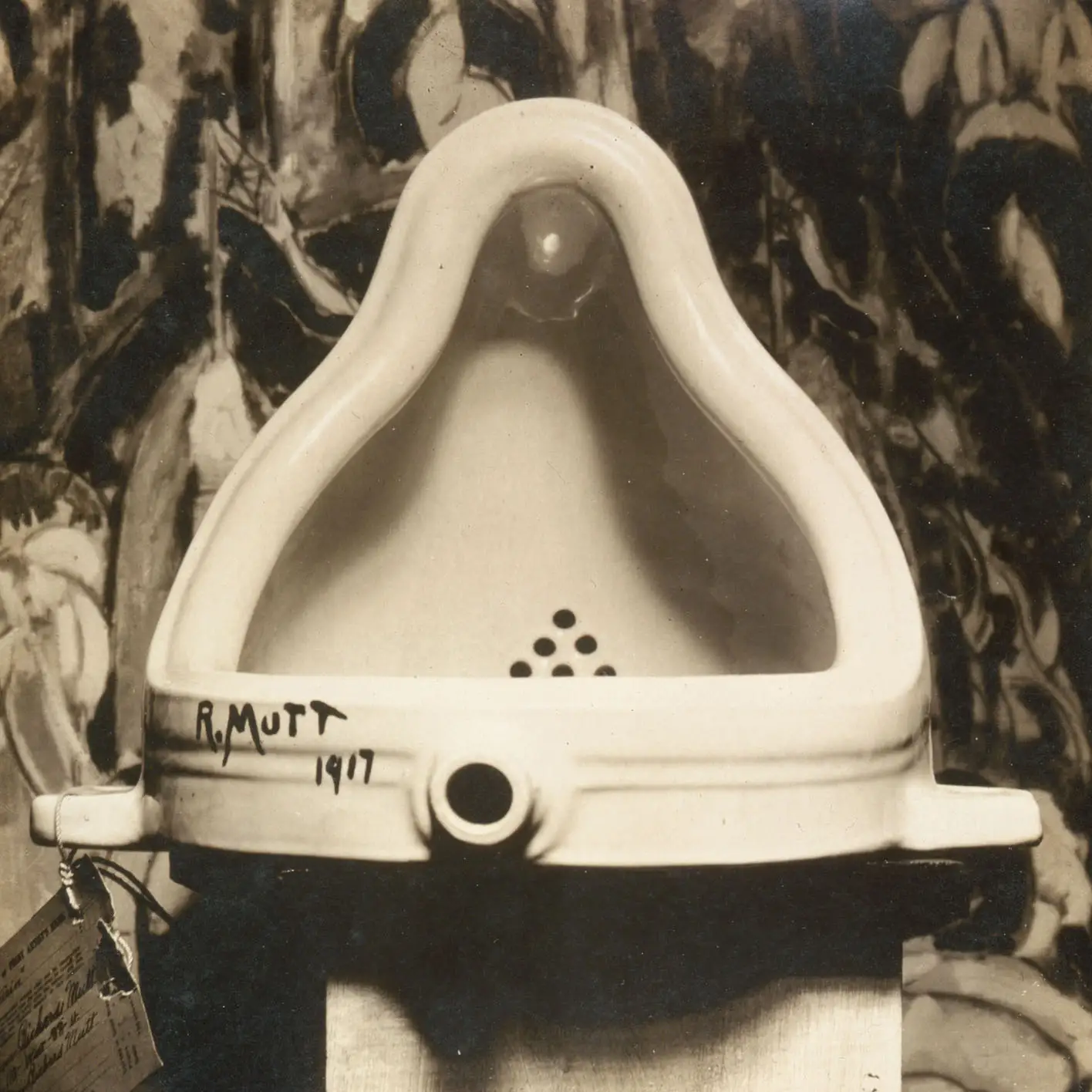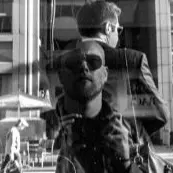Robert Mapplethorpe
Robert Mapplethorpe’s works have and continue to stir controversy the debate between obscenity and art. In fact, the issue at one point became so extreme that many think that his art triggered a national debate over the funding of the arts.
Brief Background of Robert Mapplethorpe
Robert Mapplethorpe, the third of six children, was born on Nov. 4, 1946 in New York and grew up on Long Island. After high school, Mapplethorpe left home and studied painting and sculpture at Pratt Institute in Brooklyn. During college, he worked in a variety of media without much focus on photography. He received his B.F.A. in 1970.
While in college, Robert Mapplethorpe met artist and musician Patti Smith. Smith encouraged Mapplethorpe’s work and even posed for numerous portraits when they lived together in Brooklyn and then at the Chelsea Hotel in Manhattan.
Robert Mapplethorpe’s Transition into Photography
In the early 1970s, Robert Mapplethorpe created collage paintings that incorporated pictures that he torn from magazines. Eventually Mapplethorpe wanted to use his own photographs in his paintings so, using a Polaroid SX-70 camera, he began to take self-portraits and pictures of Patti Smith.
Robert Mapplethorpe’s initial photographic works were often shown in groups with each placed in elaborately designed frames that Mapplethorpe considered as integral to the finished art as the photograph itself.
Early photography jobs held by Robert Mapplethorpe included:
- becoming a staff photographer for Andy Warhol’s Interview magazine
- photographing celebrities like John Paul Getty III
- producing album covers for Patti Smith and the musical group Television.
Mapplethorpe’s Pursuit of Photography
During the early 1970s, Mapplethorpe met John McKendry (1971), the Curator of Prints and Photography at the Metropolitan Museum of Art in New York, and Sam Wagstaff (1972), a curator and a collector. Eventually, Maplethorpe and Wagstaff became lovers.
Both McKendry and Wagstaff encouraged Maplethorpe’s photographic ventures and promoted his career by introducing him to collectors and gallery associations.
Mapplethorpe’s Subjects and Themes
Some of Maplethorpe’s common themes include:
- celebrity portraits: including Andy Warhol, Deborah Harry, Peter Gabriel, and others
- children: usually the children of friends or socialites he photographed
- flowers: especially the calla lily
- nudes: both male and female, although he is best known for his homoerotic male nudes and S&M photographs
- self-portraits: more characteristic of his early work and towards the end of his life as he battled with AIDS.
Characteristic Style and Techniques
No matter what subject Mapplethorpe photographed, his work displays the consistency of his approach. With his extraordinary use of the gradation between blacks and whites and shadows and light, Mapplethorpe’s photographs are both elegant and provocative.
Mapplethorpe used precise focus and cold studio light to create striking contrasts between his subjects and their backgrounds. The starkness of Mapplethorpe’s compositions force the viewer to confront the imagery in the photograph, whether it was the still beauty of a calla lily or a sadomasochistic pose of nude models. His unapologetic display of homoerotic and sadomasochistic imagery as art was a major source of controversy in the art world.
Mapplethorpe further challenged what others thought about photography by introducing new techniques and formats to his work including:
- cibachromes (a type of color print on a special paper that gives the finished photo a metallic sheen)
- color Polaroid photographs
- dye transfer color prints
- mixed media photographs
- photographs printed on paper and linen
- photogravure (photographic images on printing plates).
Each of these unique methods gave Mapplethorpe’s photos an added degree of texture and sensuality, allowing the viewer to gather a sense of the subject’s visceral, carnal feel.
The Works of Robert Mapplethorpe
With such a large collection of photographs featuring various topics, it is difficult to select only a few samples of Robert Mapplethorpe’s work. However, the national controversy that Mapplethorpe’s Portfolio X (1978) series sparked over the public funding of the arts deserves some attention.
The Portfolio X series included various explicit photographs that conservatives deemed as obscene and distasteful, not the subjects of art. One of the most controversial photographs of that series was a photograph of Robert Mapplethorpe entitled Self-Portrait, 1978. In the photo, Mapplethorpe is bent at the waist and looking at the camera as a bullwhip protrudes from his anus.
In stark contrast to the photographs in Robert Mapplethorpe’s Portfolio X series is his photograph Andy Warhol, 1987. This photograph depicts Andy Warhol in a black turtleneck from the neck up. The brightly lit background of the photo consumes Warhol’s white hair. The circular photograph sits on a black background that blends in with Warhol’s turtleneck. In 2006, this photograph was purchased at a Christie’s auction for $643,200.
Books of Mapplethorpe’s Work
Mapplethorpe’s work has been displayed in a variety of work, including:
- Robert Mapplethorpe Photographs (1978)
- Lady Lisa Lyon (1983)
- Robert Mapplethorpe: Certain People (1985)
- The Black Book (1988)
- Flowers (1990).
Living Beyond Death
When Robert Mapplethorpe was diagnosed with HIV, he created the Robert Mapplethorpe Foundation to promote and fund photography in art world. The foundation also raises money to help fund AIDS research.
Although Robert Mapplethorpe died on March 9, 1989, his legacy lives on through his foundation and the works he left behind. Many art scholars consider Robert Mapplethorpe to be one of the most important American photographers in the latter half of the twentieth century.



